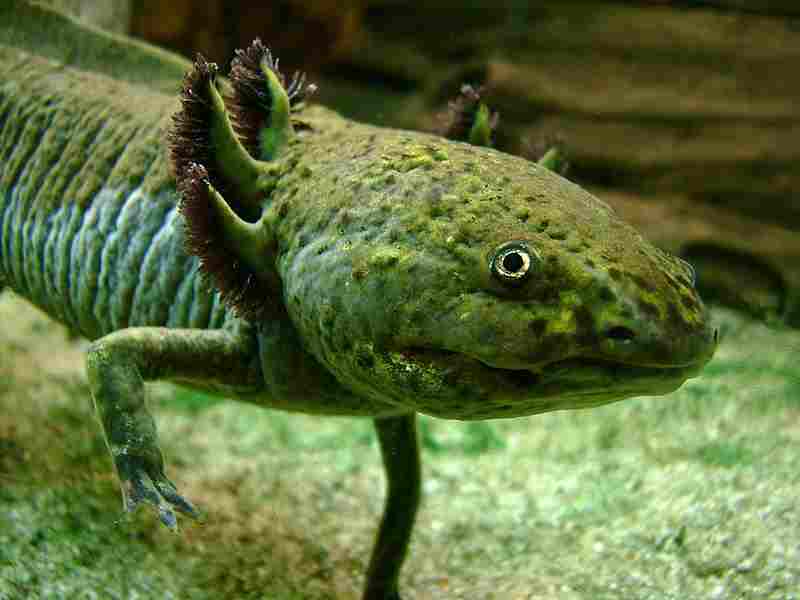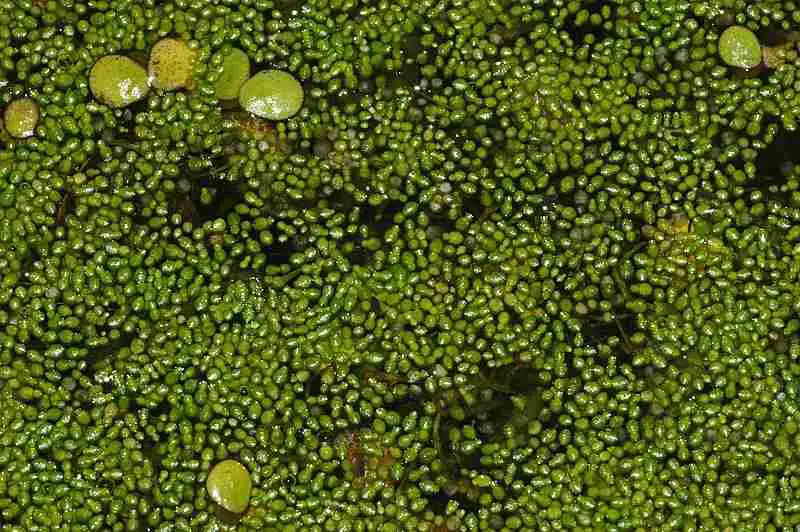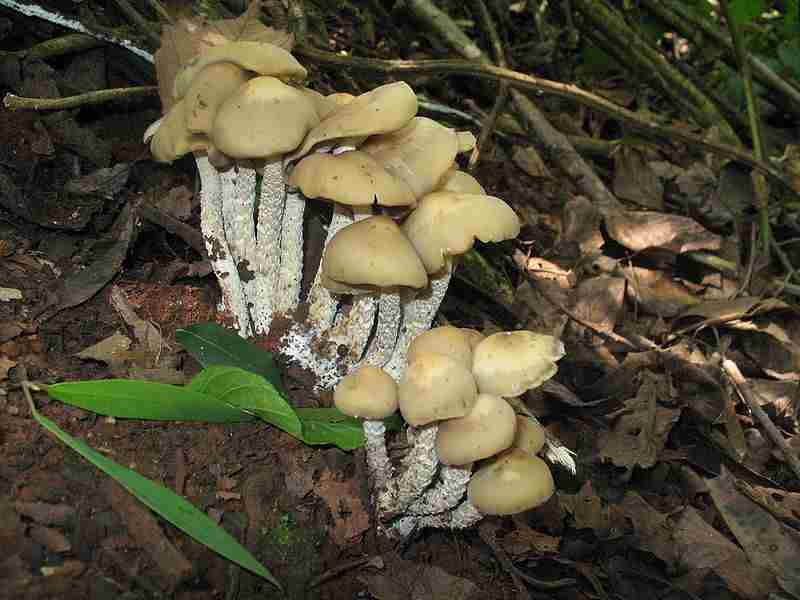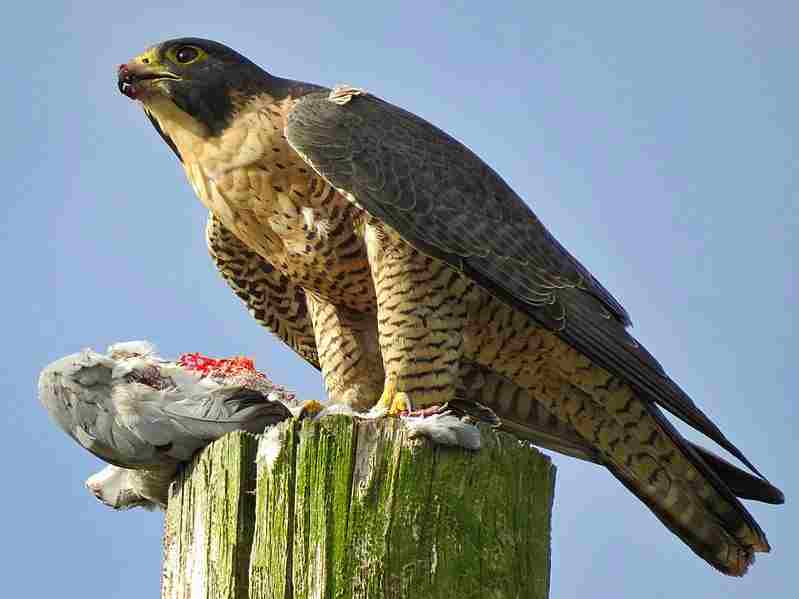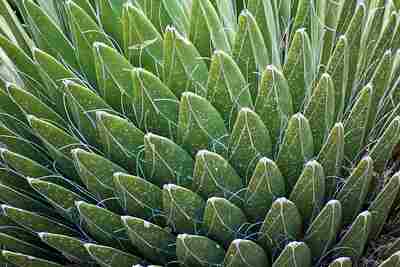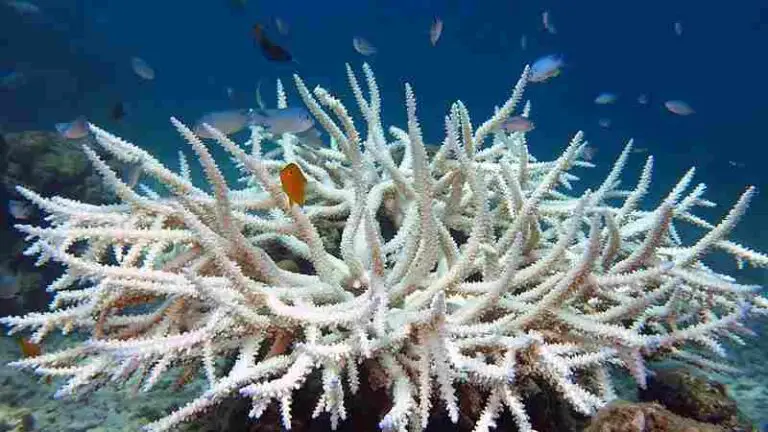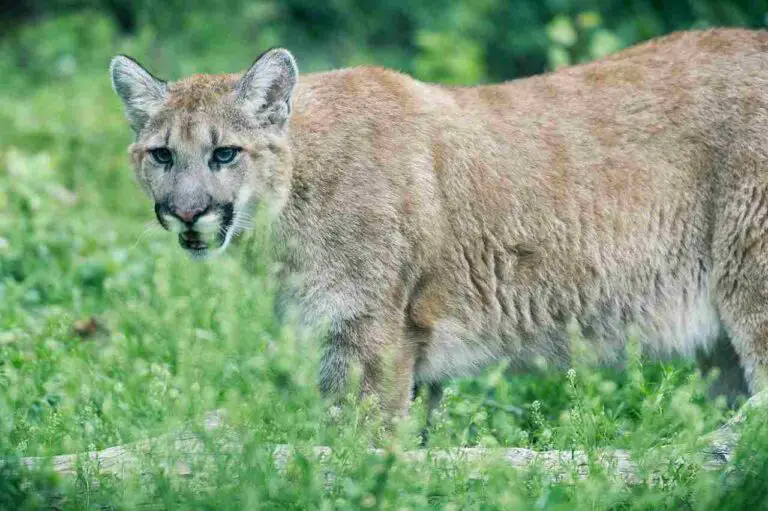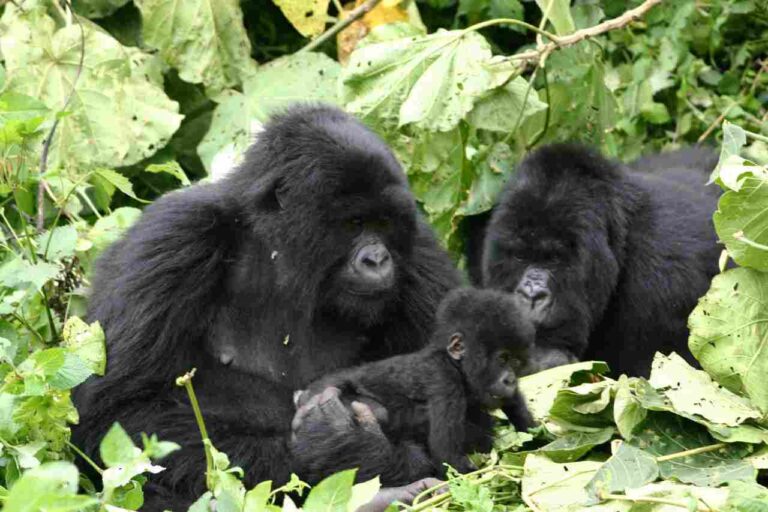Are Diatoms Producers? Diatom Food Chain Position and Role
Diatoms are indeed producers in aquatic ecosystems, particularly in oceans and freshwater bodies. They are a type of photosynthetic algae that play a crucial role in the food web by converting sunlight into energy through photosynthesis.
As primary producers, diatoms utilize sunlight, water, and carbon dioxide to produce organic compounds, primarily carbohydrates, which serve as food for other organisms in the ecosystem.
Their ability to produce their own food distinguishes them from consumers, which rely on consuming other organisms for energy. Instead, diatoms serve as the foundation of the food chain, providing energy for higher trophic levels.
Their role as producers is vital for sustaining marine life and supporting various ecosystems worldwide.
Reasons Why Diatoms are Producers
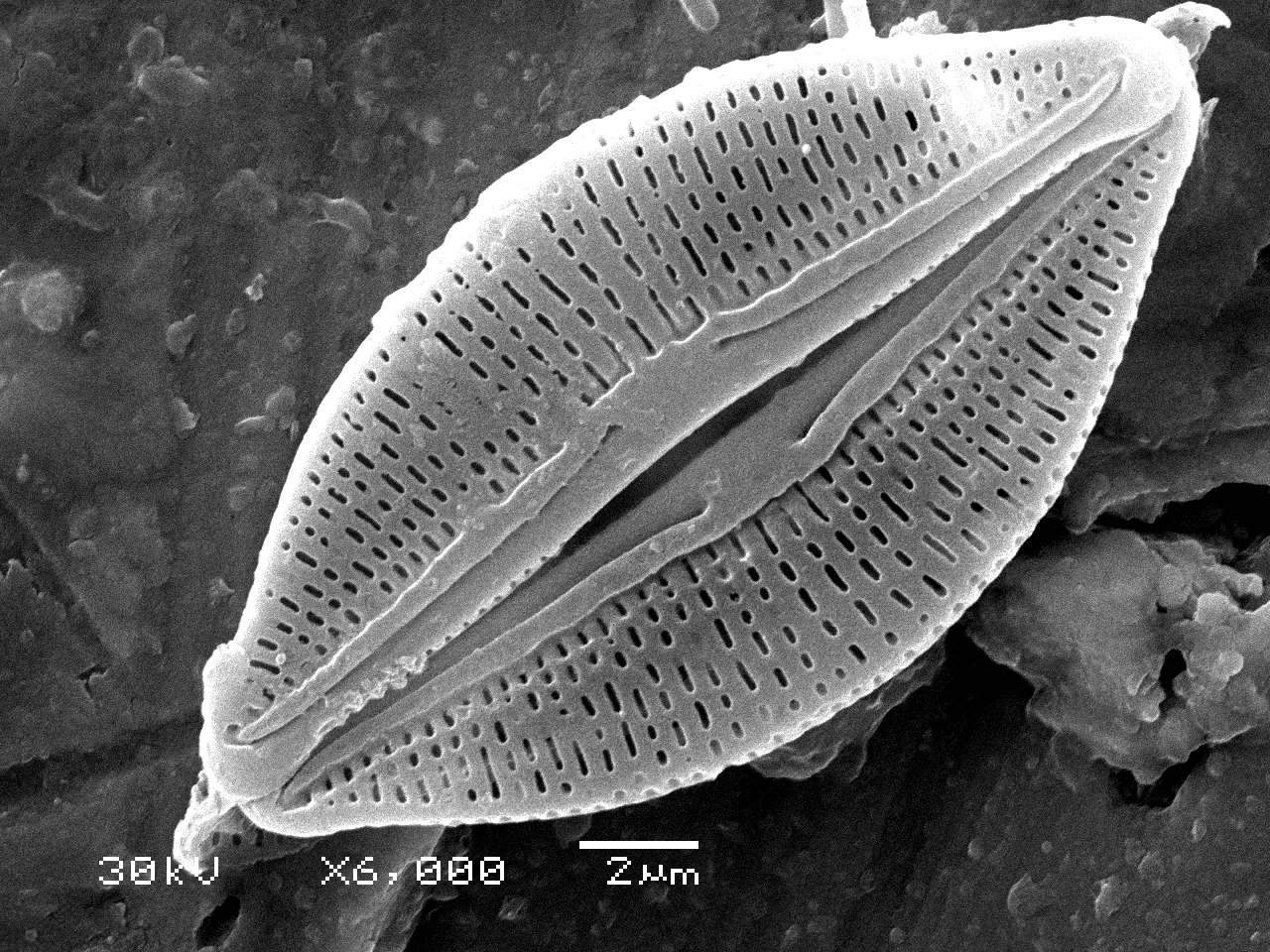
-
Photosynthetic Capability: Diatoms possess chlorophyll and other pigments that enable them to capture sunlight and convert it into chemical energy through photosynthesis. This ability allows them to produce their own food.
-
Carbon Fixation: Diatoms are efficient at fixing carbon dioxide from the atmosphere or dissolved in water. They use this carbon to synthesize organic molecules, such as sugars and lipids, necessary for their growth and survival.
-
Nutrient Utilization: Diatoms are adept at utilizing nutrients such as nitrogen, phosphorus, and silica, which they absorb from their surrounding environment. These nutrients, along with sunlight and carbon dioxide, support their photosynthetic activity and contribute to their role as producers.
-
Abundance and Distribution: Diatoms are among the most abundant and widespread phytoplankton in aquatic environments. Their vast numbers and widespread distribution ensure that they contribute significantly to primary production, making them essential producers in marine and freshwater ecosystems.
-
Ecosystem Support: As primary producers, diatoms form the foundation of aquatic food webs. They provide sustenance for a wide range of organisms, including zooplankton, fish, and even larger marine mammals. Without diatoms as producers, many marine ecosystems would collapse, leading to cascading effects throughout the food chain.
Generally therefore, the combination of their photosynthetic capability, efficient nutrient utilization, and ecological importance establishes diatoms as essential producers in aquatic ecosystems.
Are Diatoms Producers or Consumers?
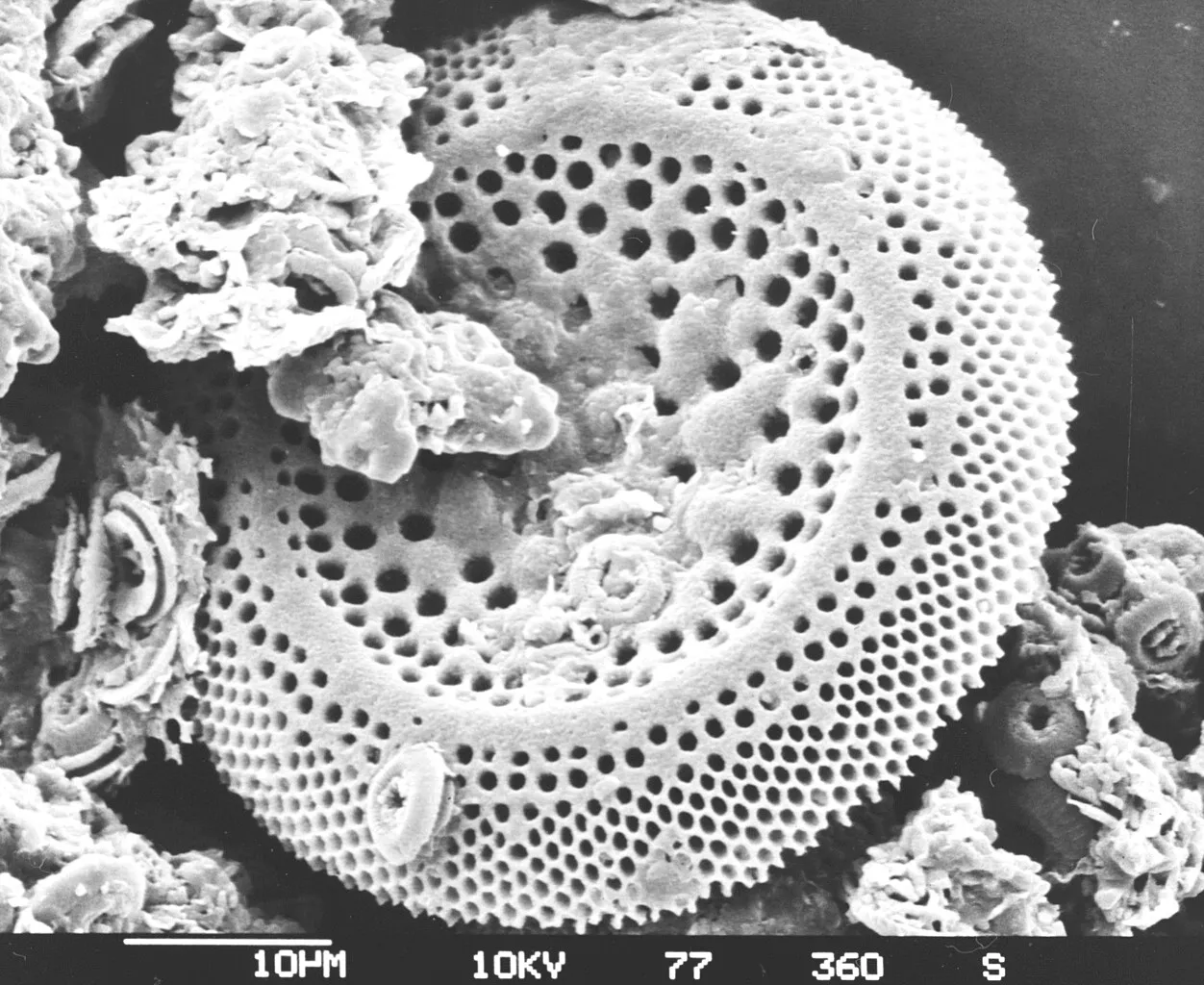
Diatoms are not consumers, but rather are primarily producers in aquatic ecosystems, meaning they produce their own food through photosynthesis. They utilize sunlight, carbon dioxide, and nutrients to synthesize organic compounds, primarily carbohydrates, which serve as energy sources for themselves and other organisms in the food chain.
Their role as producers distinguishes them from consumers, which obtain energy by consuming other organisms. Diatoms form the base of the food chain, providing sustenance for various consumers such as zooplankton, small fish, and larger marine organisms.
While diatoms can also consume dissolved nutrients from their environment, their primary mode of energy acquisition is through photosynthesis. This categorizes them primarily as producers in the context of energy flow within aquatic ecosystems.
Reasons Why Diatoms are Not Consumers
-
Photosynthetic Autotrophs: Diatoms are classified as photosynthetic autotrophs, meaning they produce their own food through photosynthesis. Unlike consumers, which rely on ingesting other organisms for energy, diatoms utilize sunlight, carbon dioxide, and nutrients to synthesize organic compounds.
-
Energy Source: The primary source of energy for diatoms is sunlight, which they capture using chlorophyll and other pigments. They convert this energy into chemical energy through photosynthesis, rather than obtaining energy by consuming other organisms.
-
Role in Food Chains: Diatoms occupy the producer level in food chains, serving as the foundational organisms that support higher trophic levels. They provide essential nutrients and energy to zooplankton, fish, and other consumers, but they do not actively consume other organisms themselves.
-
Cellular Structure: Diatoms have specialized cellular structures, including chloroplasts for photosynthesis, which are characteristic of autotrophic organisms. These structures enable them to produce their own food and make them distinct from heterotrophic consumers.
-
Ecological Niche: Diatoms have evolved to occupy the ecological niche of primary producers in aquatic ecosystems. Their ability to harness solar energy and convert it into organic matter plays a crucial role in nutrient cycling and ecosystem stability, further highlighting their role as producers rather than consumers.
Is A Diatom A Producer, Consumer, or Decomposer?
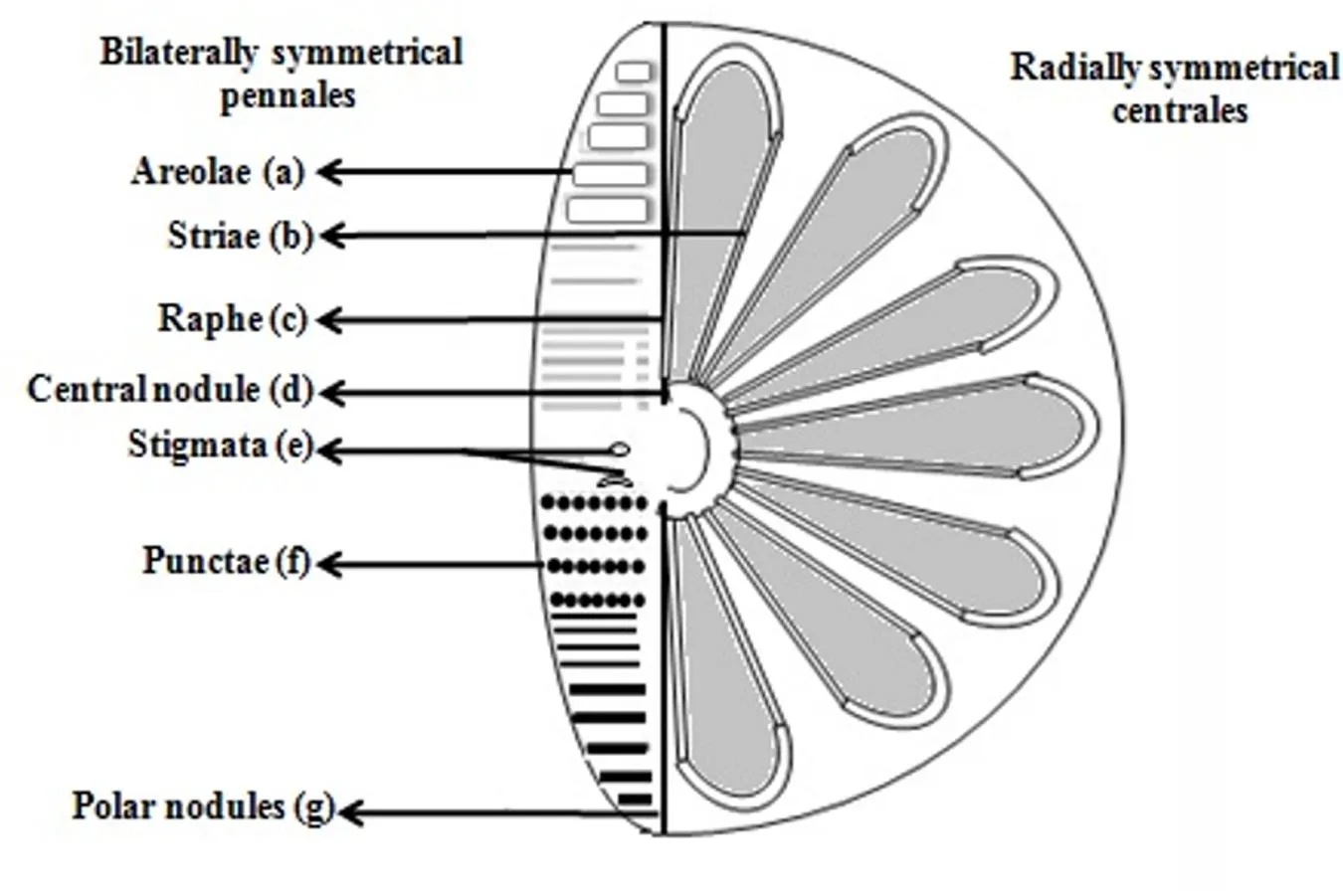
Diatoms are primarily producers in aquatic ecosystems. As photosynthetic organisms, they produce their own food through photosynthesis, utilizing sunlight, carbon dioxide, and nutrients to synthesize organic compounds, primarily carbohydrates. This distinguishes them as primary producers, forming the base of the food chain and providing energy for other organisms.
While diatoms can absorb dissolved nutrients from their environment, their main mode of energy acquisition is through photosynthesis, making them producers rather than consumers. Additionally, diatoms are not decomposers. Instead, they contribute to the cycling of nutrients in aquatic ecosystems through their role as primary producers, supplying organic matter that can be consumed and decomposed by other organisms.
Why Are Diatoms Chief Producers?
Diatoms are considered chief producers in aquatic ecosystems due to several key factors:
-
High Productivity: Diatoms are among the most productive primary producers in aquatic environments, capable of rapid growth and reproduction under favorable conditions. Their ability to harness solar energy efficiently through photosynthesis allows them to convert large amounts of carbon dioxide into organic matter, contributing significantly to primary production.
-
Abundance and Distribution: Diatoms are abundant and widely distributed in various aquatic habitats, including oceans, lakes, and rivers. Their vast numbers and widespread distribution ensure that they play a critical role in primary production, providing a substantial portion of the organic matter that fuels aquatic food webs.
-
Nutrient Utilization: Diatoms are efficient at utilizing nutrients such as nitrogen, phosphorus, and silica, which they absorb from their surrounding environment. This efficient nutrient utilization enables them to thrive and outcompete other primary producers in nutrient-rich aquatic environments.
-
Ecological Importance: As primary producers, diatoms form the base of the aquatic food chain, providing essential energy and nutrients for a wide range of organisms, including zooplankton, fish, and larger marine predators. Their role as chief producers ensures the stability and functioning of aquatic ecosystems by supporting diverse food webs and nutrient cycling processes.
This implies that, the combination of their high productivity, abundance, efficient nutrient utilization, and ecological importance establishes diatoms as chief producers in aquatic ecosystems, playing a fundamental role in sustaining marine and freshwater life.
Is Diatom a Decomposer?
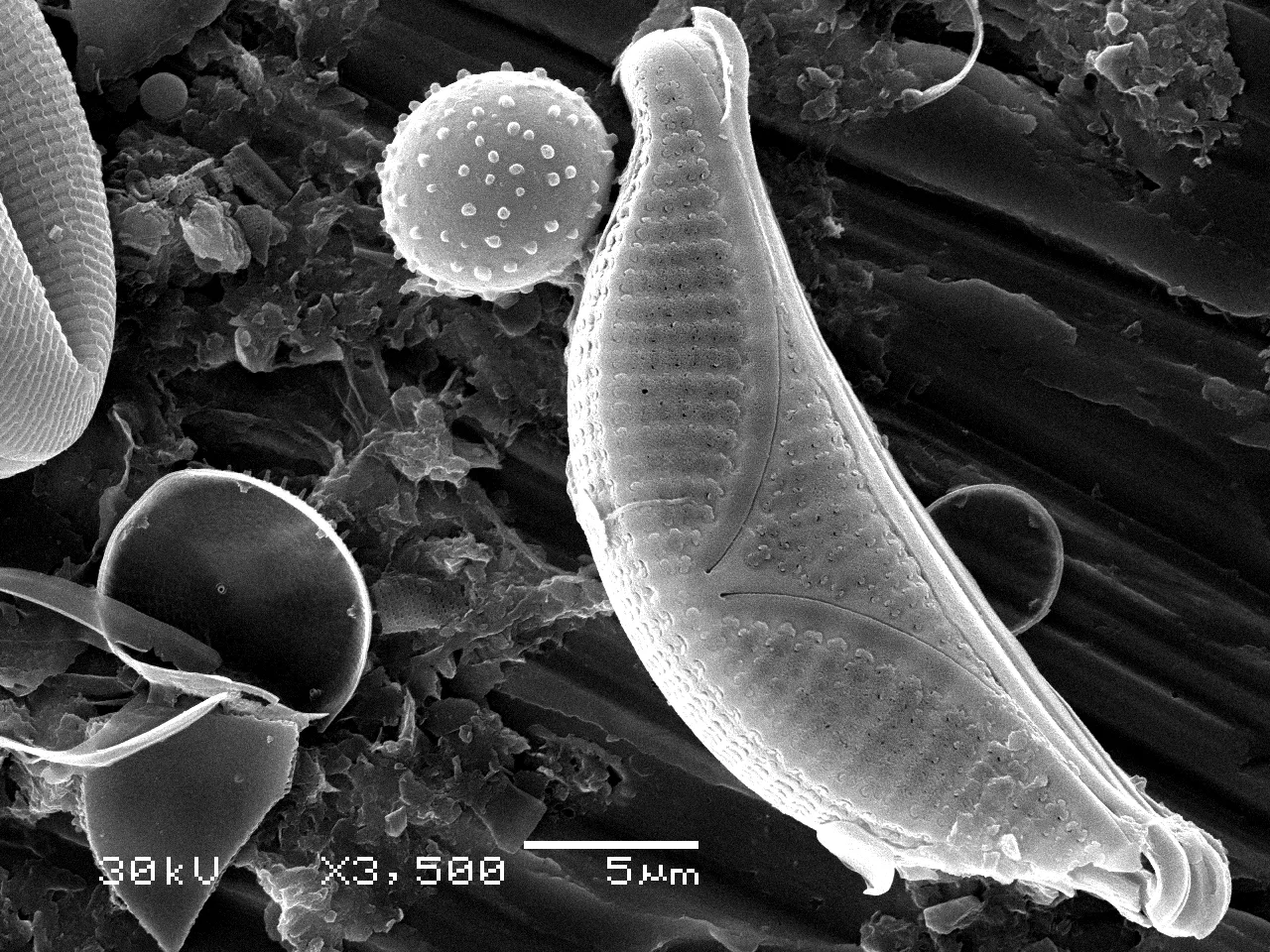
Diatoms are not decomposers in aquatic ecosystems. Instead, they function primarily as producers, utilizing photosynthesis to generate organic matter from sunlight, carbon dioxide, and nutrients. Decomposers, on the other hand, break down organic matter from dead organisms and waste materials, releasing nutrients back into the environment.
While diatoms contribute to the cycling of nutrients through their role as primary producers, they do not actively participate in the decomposition process. Instead, they provide organic matter that can be consumed and decomposed by other organisms, such as bacteria and fungi, which are the primary decomposers in aquatic ecosystems.
Reasons Why Diatoms are Not Decomposers
-
Photosynthetic Autotrophs: Diatoms are photosynthetic autotrophs, meaning they produce their own food through photosynthesis. Unlike decomposers, which break down organic matter to obtain energy, diatoms utilize sunlight, carbon dioxide, and nutrients to synthesize organic compounds, primarily carbohydrates.
-
Cellular Structure: Diatoms possess specialized cellular structures, including chloroplasts for photosynthesis, which are characteristic of autotrophic organisms. These structures enable diatoms to capture sunlight and convert it into chemical energy, rather than relying on external sources of organic matter for energy.
-
Role in Food Chains: Diatoms occupy the producer level in aquatic food chains, serving as the foundational organisms that support higher trophic levels. While they contribute organic matter to the ecosystem, they do not actively participate in the decomposition of dead organisms or organic waste.
-
Ecological Niche: Diatoms have evolved to occupy the ecological niche of primary producers in aquatic ecosystems. Their role in nutrient cycling primarily involves the production of organic matter through photosynthesis, rather than the breakdown of organic material as decomposers.
As a result, the photosynthetic nature of diatoms, along with their ecological role as primary producers, distinguishes them from decomposers in aquatic ecosystems.
Do Diatoms Produce Food?
Yes, diatoms produce their own food through the process of photosynthesis. Using chlorophyll and other pigments, diatoms capture sunlight and convert it into chemical energy, which is then used to synthesize organic compounds, primarily carbohydrates. This process allows diatoms to create food from simple substances such as carbon dioxide and water, without the need to consume other organisms for energy. As primary producers, diatoms play a crucial role in aquatic ecosystems by providing food for a variety of organisms and supporting the overall health and balance of the ecosystem.
How Diatoms Produce Their Own Food
Diatoms produce their own food through the process of photosynthesis, which involves several key steps:
-
Light Absorption: Diatoms contain chlorophyll and other pigments within specialized structures called chloroplasts. These pigments absorb sunlight, particularly in the blue and red wavelengths, providing the energy needed for photosynthesis.
-
Carbon Dioxide Uptake: Diatoms absorb carbon dioxide from their surrounding environment, either dissolved in water or directly from the atmosphere. This carbon dioxide serves as a source of carbon for the synthesis of organic compounds.
-
Photosynthetic Reactions: Inside the chloroplasts, light energy is used to drive a series of biochemical reactions known as the Calvin cycle. During this process, carbon dioxide is converted into organic molecules, primarily carbohydrates such as glucose.
-
Oxygen Release: As a byproduct of photosynthesis, diatoms release oxygen into the surrounding environment. This oxygen is essential for supporting aerobic respiration in other organisms and contributes to the oxygenation of aquatic ecosystems.
-
Nutrient Utilization: In addition to carbon dioxide and sunlight, diatoms require various nutrients such as nitrogen, phosphorus, and silica to support photosynthesis and growth. They absorb these nutrients from their environment and incorporate them into organic molecules.
Are Diatoms Producers In Oceans?
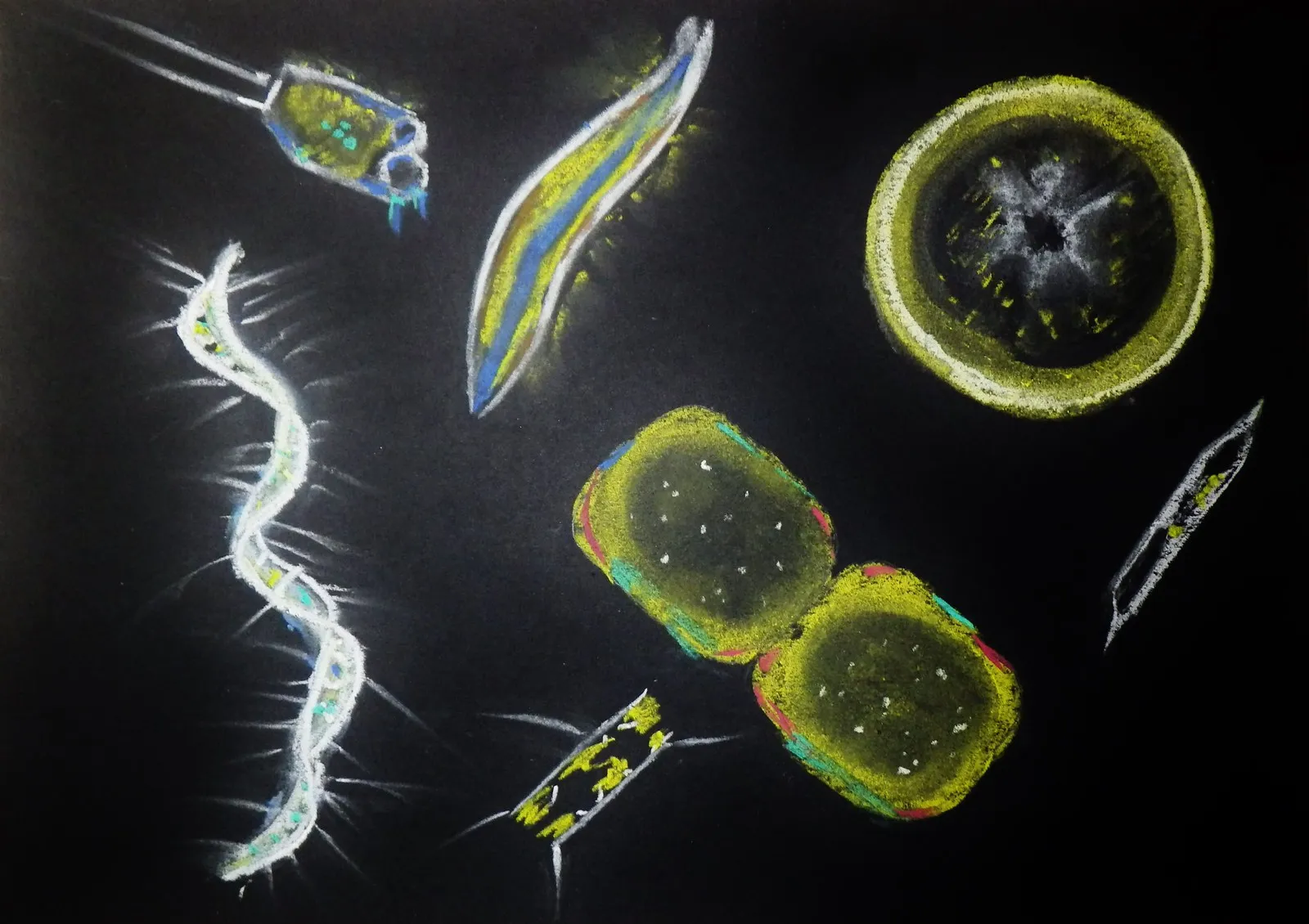
Yes, diatoms are significant producers in ocean ecosystems. They are abundant in marine environments, particularly in nutrient-rich coastal areas and upwelling zones where nutrients are brought to the surface layers. Diatoms play a crucial role in oceanic primary production, contributing to the overall productivity of marine ecosystems.
Their ability to photosynthesize and produce organic matter from simple substances such as carbon dioxide, water, and nutrients allows them to thrive in various oceanic environments. Diatoms form the base of the marine food chain, providing food and energy for a diverse range of organisms, including zooplankton, fish, and marine mammals.
The importance of diatoms as producers in oceans extends beyond supporting marine life. They also play a role in regulating global biogeochemical cycles, particularly the carbon and silica cycles. Through photosynthesis, diatoms sequester carbon dioxide from the atmosphere, mitigating the effects of climate change. Additionally, diatoms contribute to the ocean’s silica cycle by incorporating silica into their cell walls, which can eventually become part of ocean sediments.
Overall, diatoms are integral producers in ocean ecosystems, influencing marine biodiversity, nutrient cycling, and global biogeochemical processes.
Diatom Food Chain Position and Role
In the food chain of aquatic ecosystems, diatoms occupy a critical position as primary producers. Their role as producers establishes them at the base of the food chain, where they serve as a primary food source for various organisms.
-
Primary Producers: Diatoms utilize photosynthesis to convert sunlight, carbon dioxide, and nutrients into organic matter, primarily carbohydrates. This organic matter forms the basis of the food chain, providing energy and nutrients for higher trophic levels.
-
Zooplankton and Filter Feeders: Zooplankton, such as copepods and krill, graze on diatoms, consuming them as a primary food source. Additionally, filter-feeding organisms, such as bivalves and some fish species, may also feed on suspended diatoms and other phytoplankton.
-
Secondary Consumers: Organisms higher up in the food chain, such as small fish, crustaceans, and marine mammals, feed on zooplankton and other organisms that consume diatoms. By consuming these secondary consumers, energy and nutrients are transferred through the food chain.
-
Top Predators: At the top of the food chain, apex predators such as large fish, marine mammals, and seabirds may prey on smaller fish and organisms that ultimately rely on diatoms as a primary food source. These top predators play a crucial role in regulating ecosystem dynamics and maintaining biodiversity.
*Summary
| Aspect | Description |
| Role |
Diatoms are primary producers in aquatic ecosystems, utilizing photosynthesis to convert sunlight, carbon dioxide, and nutrients into organic matter.
|
| Position in Food Chain |
They occupy the base of the food chain, providing a primary food source for various organisms, including zooplankton and filter feeders.
|
| Predation and Consumption |
Zooplankton graze on diatoms, consuming them as a primary food source, while filter-feeding organisms may also feed on suspended diatoms.
|
| Energy Transfer |
Energy and nutrients are transferred through the food chain as higher trophic levels consume organisms that rely on diatoms for food.
|
| Ecological Importance |
Diatoms play a crucial role in supporting the growth and survival of marine and freshwater organisms, contributing to ecosystem stability and biodiversity.
|
*Related FAQs
1. What are diatoms?
Diatoms are a type of algae, specifically a major group of microalgae found in the oceans, waterways, soils, and even on the surfaces of plants. They are characterized by their unique cell walls made of silica, which gives them a glass-like appearance.
2. How do diatoms reproduce?
Diatoms reproduce both sexually and asexually. Asexual reproduction commonly occurs through cell division, where one cell divides into two daughter cells, each with a half of the original cell’s silica shell. Sexual reproduction involves the fusion of gametes from two different diatom cells.
3. What is the ecological significance of diatoms?
Diatoms are vital to aquatic ecosystems as primary producers. They contribute significantly to the production of oxygen through photosynthesis and form the base of the food chain, providing food for various organisms. Additionally, diatoms play a crucial role in nutrient cycling and are indicators of water quality.
4. How do diatoms contribute to the carbon cycle?
Diatoms play a significant role in the carbon cycle by sequestering carbon dioxide through photosynthesis. They convert carbon dioxide into organic carbon compounds, which are consumed by other organisms or sink to the ocean floor, where they can become part of sedimentary deposits, effectively storing carbon over long periods.
5. Are diatoms harmful or beneficial?
Diatoms are mostly beneficial to aquatic ecosystems as primary producers and contributors to nutrient cycling. However, some species of diatoms can produce harmful algal blooms under certain conditions, leading to negative impacts on water quality, marine life, and human health.
